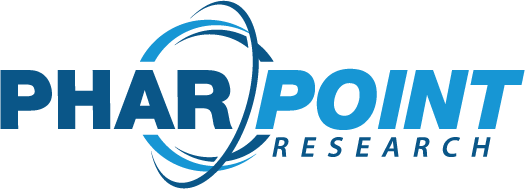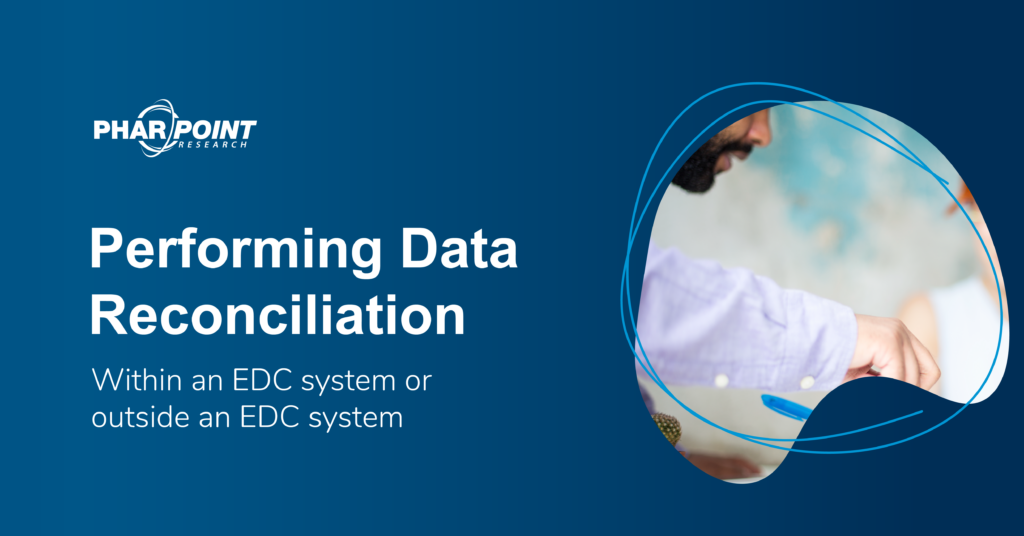How do you perform non-eCRF data (ECG, Labs, PK) reconciliation in EDC platforms?
PharPoint regularly performs non-eCRF data reconciliation in EDC platforms and recognizes the importance of receiving accurate data to perform accurate analyses. There are a couple of ways data reconciliation and integration can be handled.
Data reconciliation within an EDC system
One way to handle data reconciliation is within the EDC system. Some EDC systems have the capability to upload non-eCRF data directly into the system. While this takes more effort to set up, it does cut down on the time spent reconciling discrepancies outside of the EDC system. For this method, the vendor uploads the data based on pre-determined specifications to an FTP client that is connected to the EDC database.
Once uploaded to the FTP site, the EDC system imports the data into the database automatically and identifies issues based on system configured edit checks. Any discrepancies can be reconciled within the EDC system or by additional uploads if the issue is in the non-eCRF data.
Data reconciliation outside an EDC system
Alternatively, data reconciliation can happen outside of the EDC system. For this method, we utilize SAS® programs to import the non-eCRF data into SAS® datasets, if not already provided from the vendor as SAS® datasets. From there, we extract the eCRF data from the EDC system into SAS® datasets and programmatically compare data fields that are captured in both data sources based on the requirements defined in the study’s Data Validation Specifications. Any discrepancies between the two data sources are reported to Data Management for reconciliation. Data Management reviews the discrepant data and will decide which action to take based on the type of discrepancy and supporting data.
Possible actions include:
- Generate a query for site resolution
- Confirm that the data in the eCRF is correct (use supporting data), and then communicate to the vendor supplying the non-eCRF data that changes are needed to their data
- Request supporting information from the vendor or site (manifest, enrollment log, etc.) and work with the clinical team to resolve the discrepancy between the eCRF data and the non-eCRF data
Once the discrepancies have been reconciled the two data sources are integrated into the official database of record used for analysis purposes.
Ensuring smoother integration of eCRF and non-eCRF data
A key point to keep in mind that will result in smoother integration of eCRF and non-eCRF data is to get transfers as often as the study will allow.
This will allow you to identify and reconcile data on an ongoing basis while avoiding an overwhelming amount of discrepancies just prior to performing your analysis.




